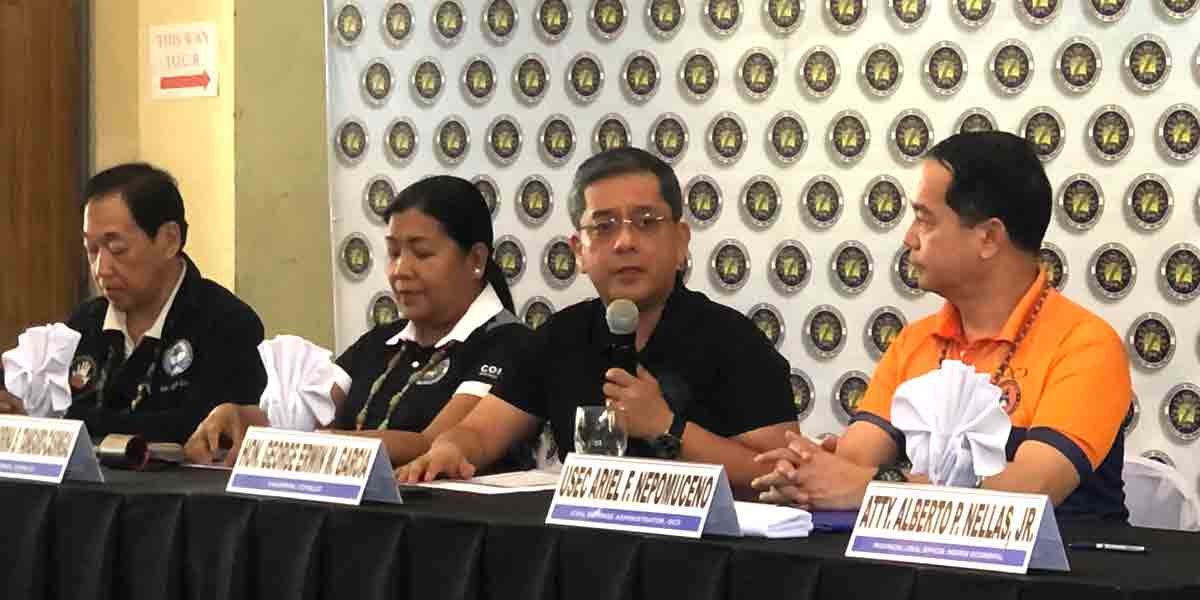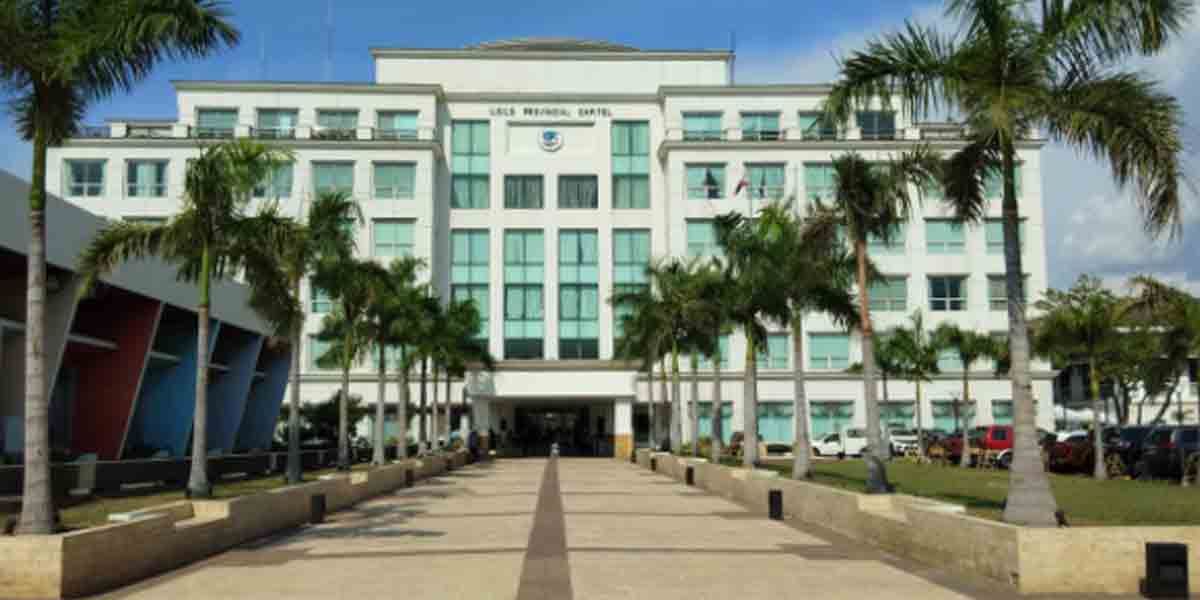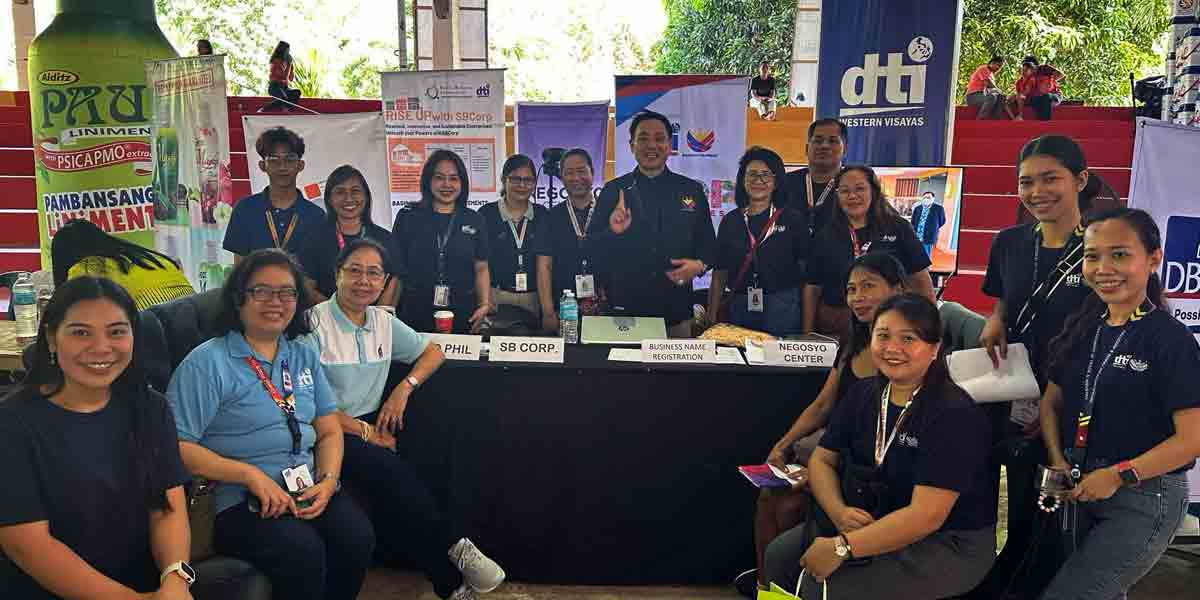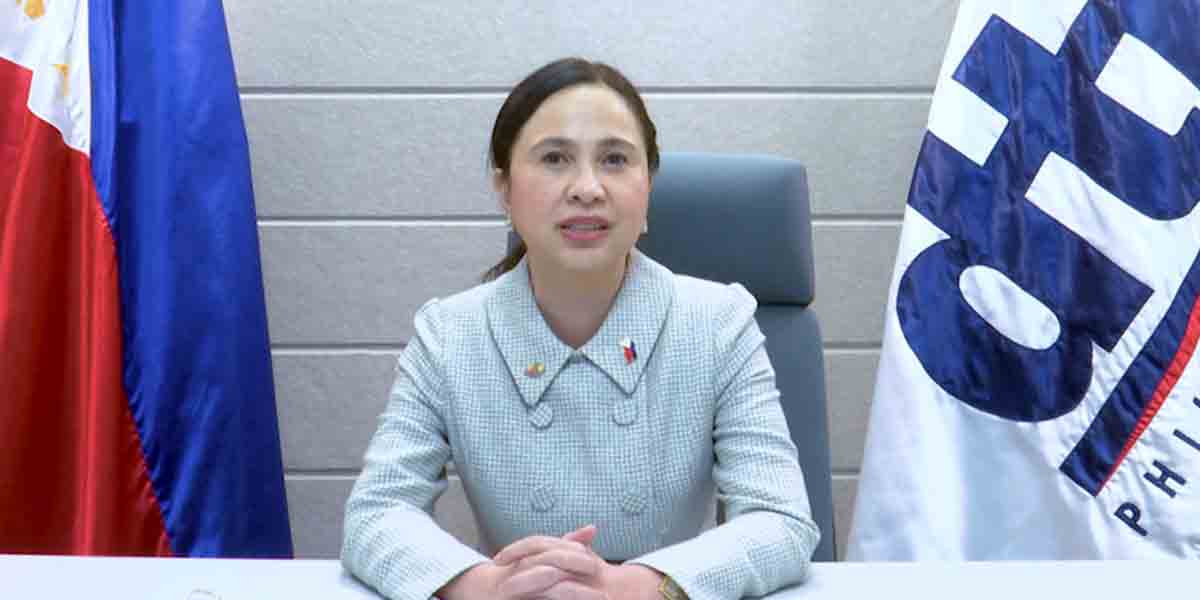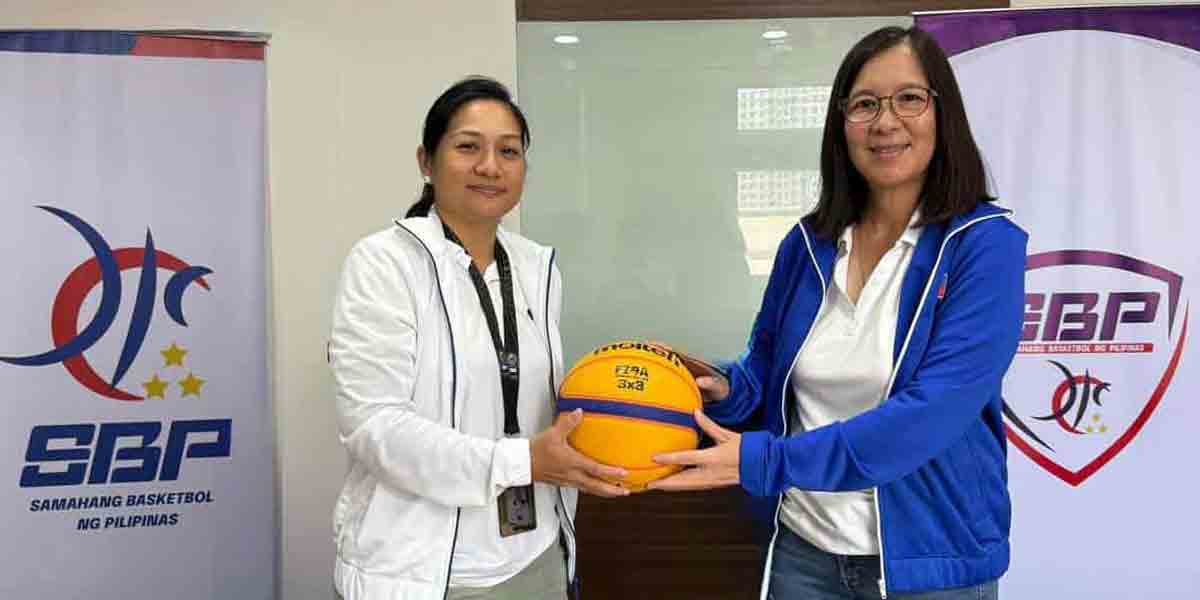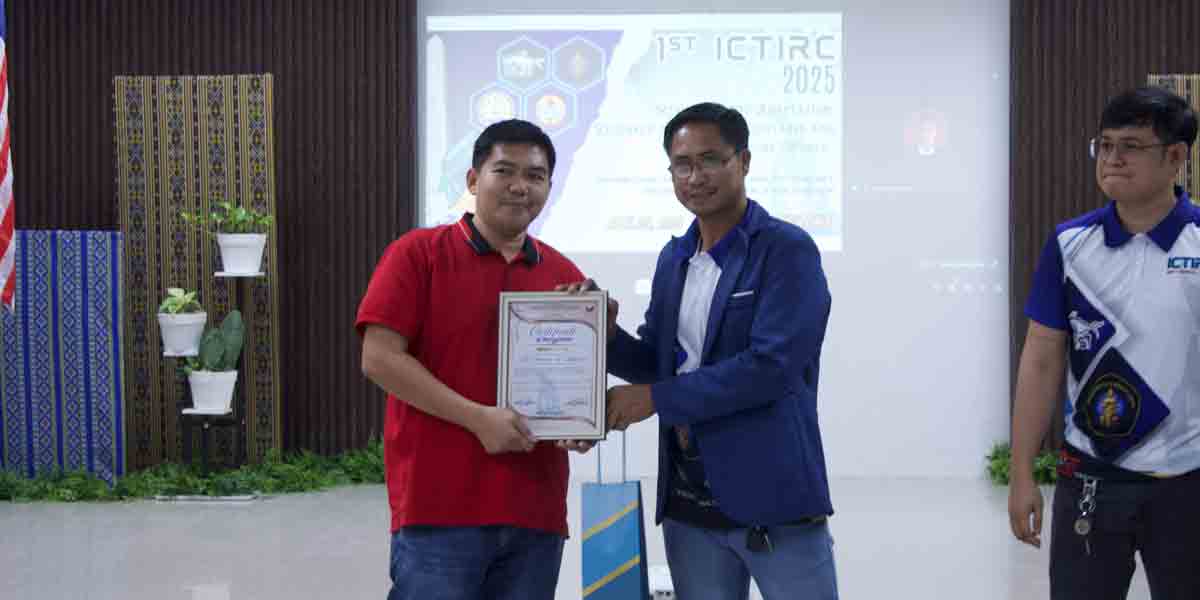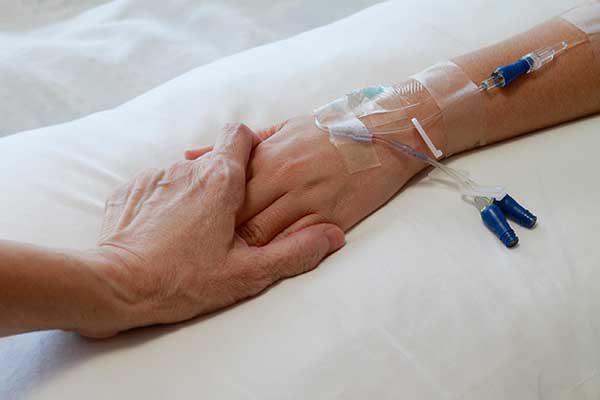
2015 was supposed to be an exciting year for Maruss. She was juggling her last semester at the University of the Philippines (UP) Manila while working part-time at the same institution.
Like many Filipino families, Maruss’ story was typical of the middle class. Her father worked in the Middle East to provide for the family, while her mother stayed home to manage the household.
Maruss recalls how her mother, a resourceful woman with an entrepreneurial spirit, carefully managed the family’s budget with the remittance they received.
Most of their income was allocated to education, food, and household expenses, leaving little for anything else.
Although her mother had a college degree and some corporate experience, she left her career after marrying Maruss’ father to focus on raising their family while running small businesses on the side.
Like her mother, Maruss took on responsibilities early. Despite being a full-time student, she worked part-time to cover her daily expenses. Most of her allowance went to bus fares from Cavite to UP Manila, but she managed to make ends meet.
Everything seemed to be going according to plan that year until February, when everything changed. Her mother began experiencing pain and soon discovered a lump in her left breast. The doctors recommended immediate surgery, and when the tests came back, it was confirmed to be cancer. Her mother was filled with fear upon learning of her dianosis.
For Maruss, it became a fight for her mother’s life. Although they initially covered the medical bills with her father’s remittances and their family savings, the relentless cost of cancer treatment drained their resources. As her mother’s condition worsened, so did their financial situation.
Maruss is not alone. Cancer is a global disease that spreads incessantly. Although life expectancy for cancer patients has improved, largely due to advancements in medical technology (still depending on the type and stage of cancer at diagnosis).
Access to quality cancer treatment remains a significant challenge, especially in developing countries. In 2022, about 20 million new cancer cases were reported globally, while 9.7 million lives were lost to the disease . Millions of Filipinos experience financial hardships when they or a family member require medical treatment.
According to the Philippine Statistics Authority (PSA), tumors or neoplasms are the second leading cause of death in 2023. Noncommunicable diseases (NCDs), including cancer, are the primary causes of morbidity and mortality in the country.
The burden of cancer is not borne by patients alone; their families also suffer immensely, particularly in family-centric cultures like the Philippines. Pantig et al. (2023) revealed that patients and their families face significant out-of-pocket (OOP) healthcare costs, affecting both outpatient and inpatient care.
Medications and professional fees are identified as the primary cost drivers in this financial burden.
In 2019, NCDs, including cancer, accounted for 30 percent of country’s total health expenditures, according to the PSA. Nearly half of these costs came from household OOP spending, as families relied on their savings and income to cover the long and expensive treatments for outpatient and inpatient services.
For Maruss, there was no choice but to seek financial assistance from their extended family. She soon found herself waiting in line at 4 am to get a queuing number at the Philippine Charity Sweepstakes Office. In her quest for help, she visited various politicians—mayors, congressmen, and anyone who could provide medical assistance—encountering families facing the same ordeal, all hoping to secure support for their loved ones’ declining health.
Albert et al. (2022) revealed that cancer care in the Philippines is severely underfunded, covering only about 40 percent of the total cancer expenses. Like other NCDs, most cancer-related health costs are paid OOP, with limited coverage from private insurance. The most common cancers in the country include breast, lung, colorectal, liver, prostate, and cervical cancer—with lung, liver, and breast cancers causing the highest number of deaths.
The Universal Health Care Act aims to automatically enroll all Filipinos in the Philippine Health Insurance Corporation, while the National Integrated Cancer Control Act seeks to improve cancer survival rates and ease the financial burden on patients and their families. While these laws can improve cancer care and financing in the country, their full impact remains uncertain due to the early stages of implementation. The authors emphasized the need for a comprehensive overhaul of the current cancer financing system, requiring coordinated efforts from the government, public, and private sectors to ensure effective implementation.
Given the financial burden of the disease, accessing quality and convenient medical care is often considered a privilege. For Maruss, who had no medical background, learning the language of doctors, nurses, and pharmacists became essential. In public hospitals, where the lines are endless and time is scarce, clear communication serves as a lifeline. Maruss discovered that navigating the public hospital systems required more than just patience; having the right connections often made the difference between life and death.
Everything felt like a blur as life raced on—there was no time to process or complain about the inconveniences. All Maruss cared about was keeping her mother alive. However, after months of battling, her mother passed away without ever having the chance to receive chemotherapy. Although her mother’s body had given up, Maruss had to keep moving forward each day, holding on to her mother’s memory.
When asked if there was anything she wished could have been different, Maruss did not blame lifestyle choices or genetics. Instead, she simply wished her family had more financial resources. If they had more money or insurance that covered catastrophic expenses, perhaps the outcome would have been different.
Many Filipinos avoid consulting doctors due to fear or a lack of resources, making it harder to prevent, detect, and treat diseases like cancer. Studies show that 30 to 50 percent of cancer cases are preventable. While some patients survive the illness, the financial strain can push their families into poverty. It is no surprise that when Filipinos pray, they often ask for good health—for themselves and their loved ones—knowing that they are just one illness away from losing everything.
The Socioeconomic Research Portal for the Philippines has resources about cancer and NCDs. Below are some of them:
- Primary Health Care for Noncommunicable Diseases in the Philippines
- Analysis of the National Health Expenditure Survey Round 1 and Design of Survey Protocol for NHES Round 2 (Phase 1)
- Help Reduce Cancer Burden in the Philippines through an Improved Cancer Financing Model
(https://serp-p.pids.gov.ph/feature/public/index-view?feauredtype_id=1)


